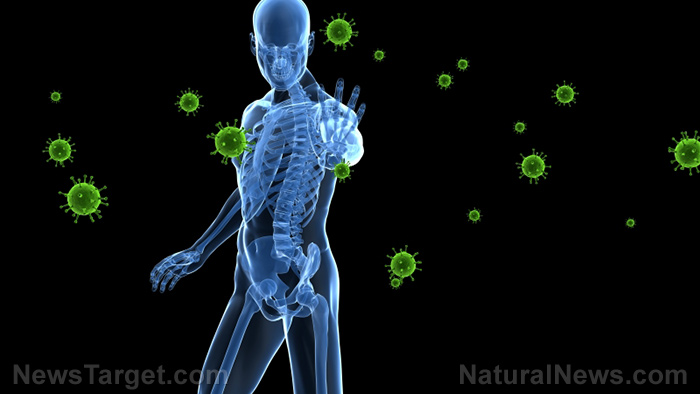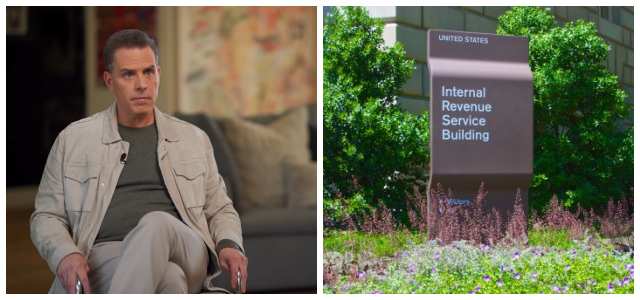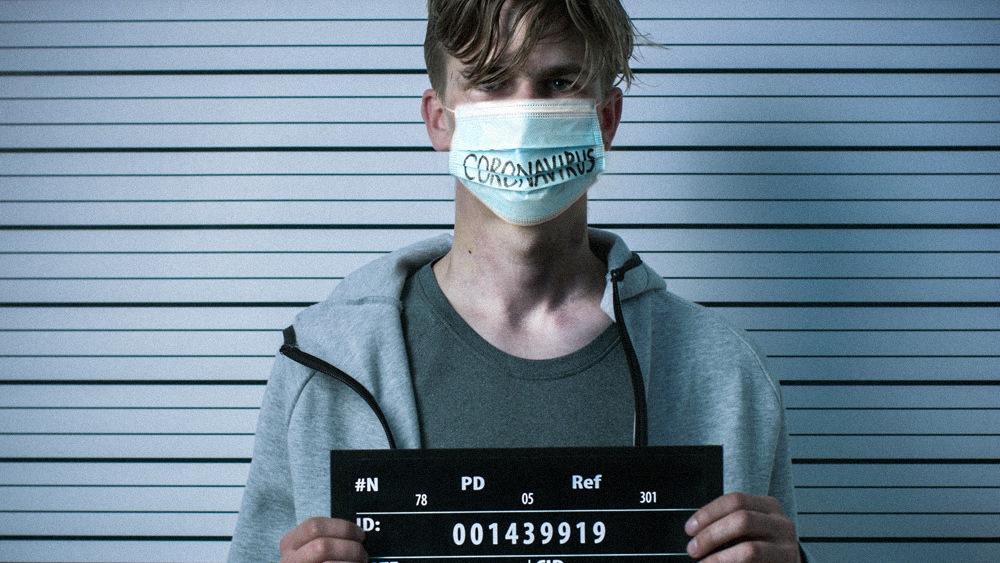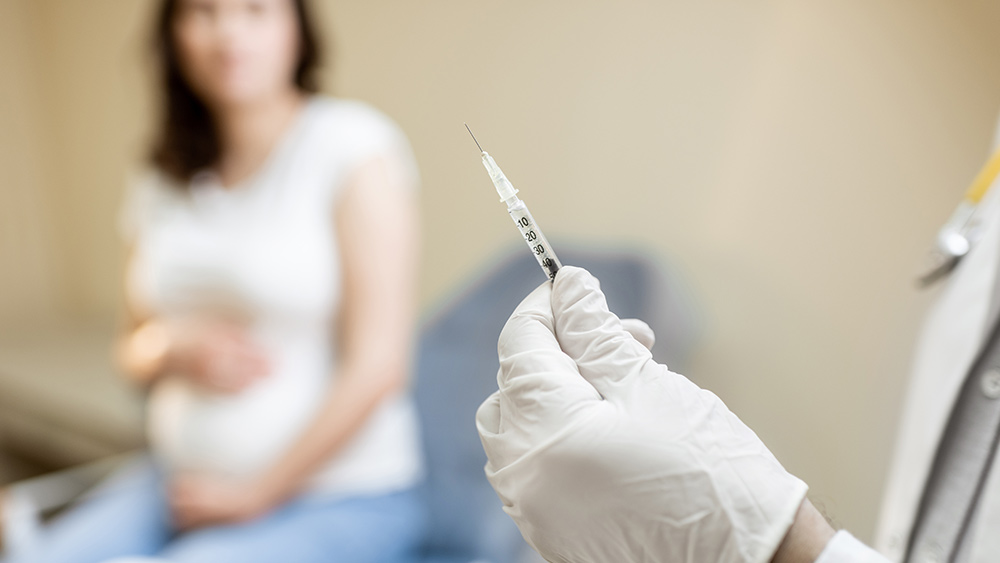
The Centers for Disease Control and Prevention (CDC), blaming lack of information, admitted that it cannot procure any document that shows a person with natural immunity from the Wuhan coronavirus (COVID-19) transmitting the virus to others.
In contrast, there are dozens of documents showing cases of vaccinated individuals becoming infected and transmitting the virus to others.
Yet, the CDC is actively limiting the rights of millions of naturally immune individuals who refuse to get vaccinated on the mere assumption that they can transmit the virus.
Peer-reviewed studies found that naturally immune individuals have far greater protection from COVID-19 – and unlike vaccinated individuals, this immunity does not wane.
COVID-19 vaccines, on the other hand, provide immunity that drops rapidly within a few months. While the vaccinated can readily transmit the virus, this is not the case for the naturally immune.
Understanding natural immunity
A separate study discussed the protection offered by immunity against the coronavirus following vaccination, compared to natural infection.
The body's first response to SARS-CoV-2 is usually completed by the innate immune system and the adaptive immune system. Innate immune cells recognize and remove viral material while signaling other cells to arouse house immunity and prevent viral spread from the infected cell to the others nearby. The innate immune response is usually sufficient to eliminate the virus altogether, especially for mild or asymptomatic infections.
The T-cells in the body are then called to destroy the infected cells, which can only be achieved when they recognize the antigens presented by major histocompatibility class (MHC) I and II molecules.
While this is ongoing, the antibody immunoglobulin M (IgM) response develops. This is a multivalent antibody that helps immune control in early infection. Memory B-cells are also formed, and both unswitched IgM+ and classical switched cells can persist in the body for months.
The memory T-cells can also be found in convalescents and react to many virus epitopes. These cells, which are also found in SARS-CoV-2-naive individuals, suggest cross-reactivity between the virus and the human endemic seasonal coronaviruses. IgM+ B-cells with cross-reactivity are found in some people, while IgG antibodies are specific to SARS-CoV-2 infections.
IgG and IgA titers come after the class-switching of B cells and after the early IgM response. IgG antibodies remain stable for months or years, and IgG titers often decline at rapid or slow rates depending on several factors, such as how high they rose, the subtypes and the involvement of plasma cells in the immune response.
Memory B-cells, upon infection, produce a rapid immunologic response that can be reduced with mutations at the viral spike (S) antigen. This is shown to impair antigen recognition to the extent of protection offered against other variants following exposure to one strain. However, the various ways in which T- and B-cells act together to regulate this response remain to be determined.
Immunity following infection and vaccination
Immunity after natural infection is usually assessed in terms of protection against symptomatic and severe diseases upon reinfection, and not of the prevention of viral transmission. (Related: Policymakers ignoring natural immunity to covid in favor of "vaccine" immunity.)
Meanwhile, vaccination not just for COVID-19, produce high titers of neutralizing antibodies, which are correlated with protection against the virus. These high titers neutralize viruses, even in the presence of emerging variants that have higher resistance to antibodies.
Approved vaccines have shown that they can induce neutralizing antibody titers comparable to those that are elicited by natural infection. They also provide high levels of protection against moderate to severe COVID-19.
However, all COVID-19 vaccines have shown decreasing efficacy in preventing symptomatic disease, especially with the delta variant. The waning of antibody levels with time means that virus monitoring remains a priority, especially in the elderly.
Learn more about COVID-19 immunity at Pandemic.news.
Sources include:
Please contact us for more information.



















